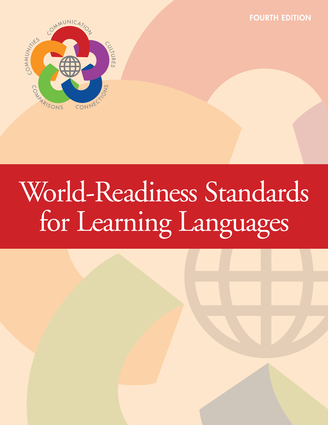Overview
The World-Readiness Standards for Learning Languages create a roadmap to guide learners to develop competence to communicate effectively and interact with cultural understanding. "World-Readiness" signals that the Standards have been revised with important changes to focus on the literacy developed and the real-world applications. Learners who add another language and culture to their preparation are not only college- and career-ready, but are also “world-ready”—that is, prepared to add the necessary knowledge, skills, and dispositions to their résumés for entering postsecondary study or a career.Author Biography
The National Standards Collaborative Board is a collaborative effort of the American Association of Teachers of Arabic, American Association of Teachers of French, American Association of Teachers of German, American Association of Teachers of Italian, American Association of Teachers of Japanese, American Association of Teachers of Korean, American Association of Teachers of Modern Greek, American Association of Teachers of Spanish and Portuguese, American Classical League, American Council of Teachers of Russian, American Council on the Teaching of Foreign Languages, American Sign Language Teachers Association, Chinese Language Association of Secondary-Elementary Schools, Chinese Language Teachers Association, Modern Language Association, National Council of Less Commonly Taught Languages, and National Standards Task Force for Hindi.

